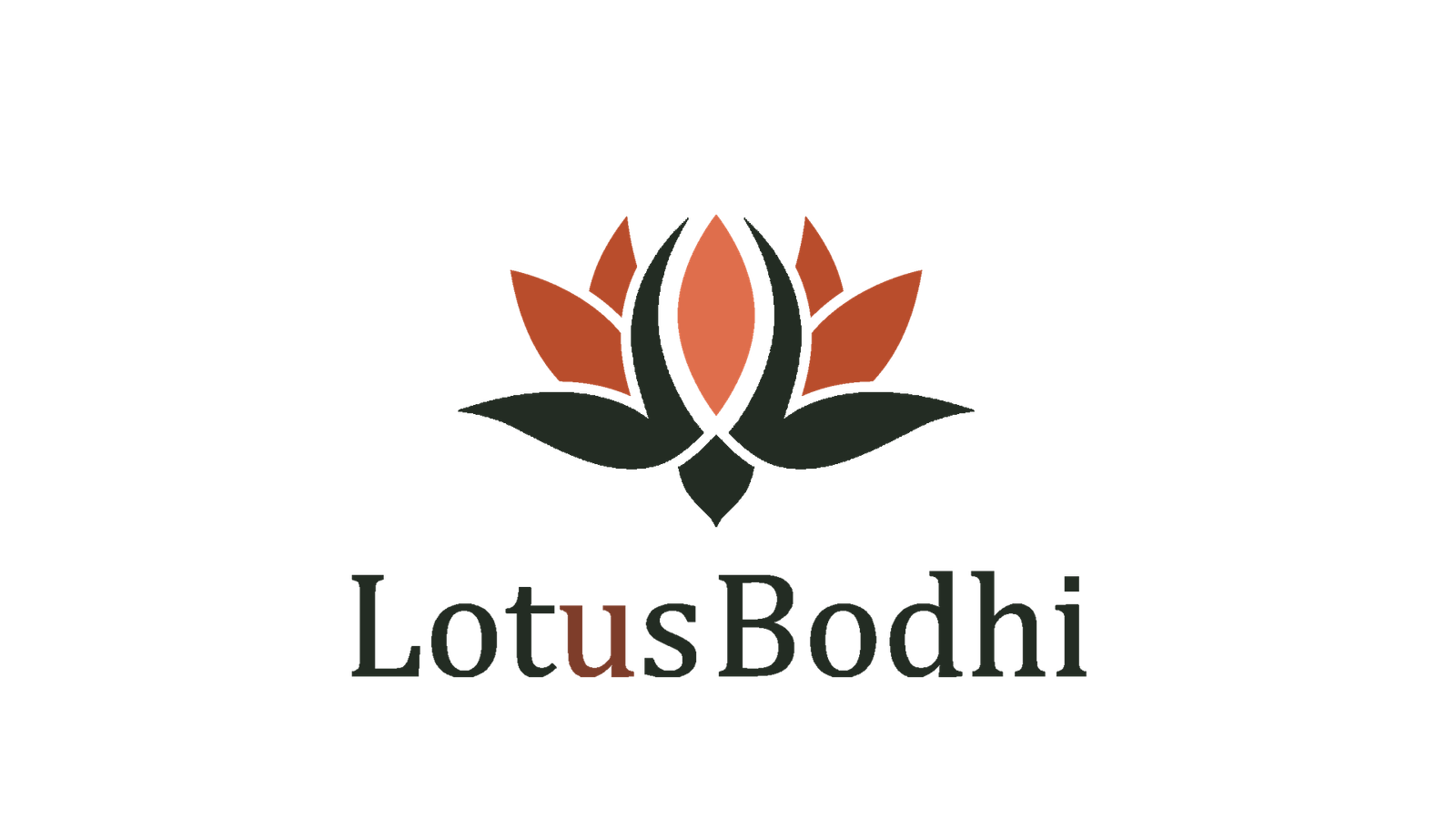Buddha Cards Are More Than Just Decoration: Do You Know the “Guardian Meaning” of Tibetan Chakra Buddha Cards?
When wandering through the narrow alleys of Lhasa’s Barkhor Street, one often encounters Tibetans wearing prayer tablets the size of palm leaves. Unlike glittering gold or silver ornaments, these humble objects bear the rough textures of hand-pressed craftsmanship yet remain carefully worn close to the heart. These are the spiritually charged “Chacha Buddha Tablets” of Tibetan culture. To Tibetans, they transcend mere adornment—they are “spiritual vessels carrying protective power.” Each tiny Chacha Buddha tablet contains blessings from snow-capped mountains and sacred scriptures, serving as a gentle bridge connecting mortals with the spiritual realm. These small tablets shield wearers from worldly troubles and protect their minds through the ages, becoming a harmonious link between earthly life and the spiritual world.

Losang and Chacha Buddha: The Preservation and Inheritance in a Handful of Soil
In a handicraft workshop in Shigatse, Losang (Lobsang), the sixth-generation maker of Chacha Buddha (Tibetan: Chacha Fo) plaques, continues the ancient craftsmanship passed down through generations. His workbench always holds three essentials: red clay from the Yarlung Tsangpo River, bronze molds engraved with Buddhist imagery and scriptures, and a small bowl of “auspicious water” blended with butter and Tibetan incense ash. “The protective power of Chacha Buddha begins when selecting the clay,” Losang explained while kneading the material. “The red clay from the Yarlung Tsangpo River absorbs the spiritual essence of sacred lakes and the serene tranquility of snow-capped mountains. Only with this clay can we create plaques that truly embody the spirit of protection.”
The creation of the Buddha rubbing resembles a ritual of “infusing blessings.” Losang first kneads red clay repeatedly until it becomes fine, chanting the mantra “Om Mani Padme Hum” throughout the process. “This isn’t just formality—it’s about letting the energy of the mantra seep into the clay—like planting a ‘protective seed’ for the Buddha plaque.” He then molds the clay into a bronze mold, pressing it firmly with his palm to ensure the Buddha’s drapery and sutra strokes are clearly defined. After demolding, the plaque is placed under prayer flags to dry, “letting the blessings from the flags seep into the clay with the wind, and letting sunlight infuse the plaque with warm protective energy.”
The most crucial ritual is the “sacred consecration” phase. Losang places the dried Chacha Buddha plaque before the shrine, lights a butter lamp, dips a pine branch in blessing water, and gently sprinkles it over the relic while chanting protective mantras. “Only through this sacred consecration does the Chacha Buddha truly gain ‘life force’,” Losang explained, pointing to a Green Tara Chacha Buddha. “This deity represents Tibetan people’s ‘female guardian’—those who wear it feel a gentle yet steadfast protection—like a mother shielding her child.”
In Losang’s workshop, numerous “old prayer wheels” rest on display. Some are heirlooms passed down through generations, their surfaces polished smooth by time; others brought for restoration by herders, their edges bearing marks of wear. “Each old prayer wheel preserves a generation’s stories,” Losang murmurs as she caresses a yellowed prayer wheel Buddha. “An elderly man recounted how the prayer wheel on his chest guided him through blizzards while herding yaks in his youth. Another mother shared that when her child fell ill, placing the prayer wheel beside their pillow would calm the child through the night.”
The “Guardian Code” of Buddha Rubbing: It Is Not Only a Buddha Statue, but Also a Symbol of Power
The meaning of Tibetan Chacha Buddha plaque is not a vague “prayer”, but closely connected with specific Buddha images and sutras—different Chacha Buddhas carry different protective forces, like a “targeted key to protection.”
The most beloved “Ksitigarbha Buddha” in Tibetan Buddhist tradition is Ksitigarbha, revered as the “Savior Mother” by local women. The statue typically depicts her seated with a lotus in hand, radiating gentle yet resolute eyes. “Ksitigarbha’s protection embodies ‘the gentle power to resolve difficulties’,” explains Losang. “When troubled, touching her lotus helps untangle mental knots; in peril, recalling her image instills calm courage.” A city-dwelling woman who works tirelessly wears a Ksitigarbha Chacha Buddha plaque crafted by Losang. “After crushing workdays, touching this statue feels like someone gently patting my back, telling me ‘Don’t panic, this will pass’.”
The “Padmasambhava Buddha Tathagata” pendant is particularly suitable for those who frequently face challenges. As the founder of Tibetan Buddhism, Padmasambhava’s statue is often depicted holding a vajra and lotus, symbolizing the “power to overcome obstacles.” Losang explained: “Businesspeople and entrepreneurs love wearing this pendant because its protective force is more ‘tough’—helping them stay clear-headed in complex situations and break through difficulties.” Last year, an innkeeper hit rock bottom during the pandemic, nearly closing his business. “He wore the Padmasambhava Buddha pendant and gritted his teeth until tourism recovered. Later he said that whenever he wanted to give up, seeing the vajra on the pendant made him feel ‘I can push through this one more time’.”
The “Four-Armed Guanyin Worry-Relieving Buddha” stands as a symbol of “guarding spiritual tranquility.” The deity’s four arms hold lotus flowers, prayer beads, a treasure vase, and a mudra (symbolic hand gesture), representing “compassion, wisdom, wealth, and liberation.” “Many young people today face immense stress and anxiety. Wearing this Four-Armed Guanyin Worry-Relieving Buddha helps them ‘maintain inner calm’,” said Losang. “When you touch the prayer bead patterns on the Buddha plaque, your breathing gradually becomes steadier, and distracting thoughts naturally diminish.”
Notably, many Buddha worship tablets feature engraved “Six-Character Mantra” or “Mandala” patterns on their backs. “These are ‘dual guardians’,” explained Losang, “the Buddha statue provides ‘macro-level protection,’ while the sutra patterns offer ‘daily companionship’—for instance, as you walk, the tablet gently sways, its engraved patterns brushing against your clothing like silent blessings, safeguarding your every step.”
Sophia’s Guardian: The Rubbing Accompanies Her Through the Most Difficult Days
Sophia, a young woman from Lyon, France, never imagined that a small clay Buddha statue would become the “guardian” of her life. Three years ago, when her father fell seriously ill, she left her job and returned to her hometown to care for him. During those days, she spent each day in “anxiety and exhaustion,” often suffering from insomnia.
By chance, Sophia contacted Losang through a friend’s recommendation, seeking a “calming” Chakra Buddha plaque. After hearing her story, Losang crafted a four-armed Avalokiteshvara Chakra Buddha: “The precious vase of the Four-Armed Avalokiteshvara holds ‘sweet dew’ that nourishes anxious hearts; the prayer beads help you ‘count your days through breaths,’ preventing you from being overwhelmed by negative emotions.” He even carved a shallow groove along the plaque’s edge: “When you’re sad, place your fingers in this groove—like holding a warm hand.”
Sofia wore the Chacha Buddha plaque around her neck with a red cord, keeping it close to her body. During daytime care for her father, she would occasionally touch the plaque. “When my fingers touch the lotus of the Four-Armed Guanyin, my heart feels more at ease—like I’m less afraid,” she said. At night when sleep eluded her, she would gently caress the six-syllable mantra on the plaque’s back. “Reciting ‘Om Mani Padme Hum’ and breathing slowly helps me fall asleep for a while.”
Three months later, Sophia’s father still passed away. During the most painful period, she kept wearing that Buddhist prayer plaque: “One day while sorting through my father’s belongings, I suddenly broke down in tears. Clutching the plaque tightly, I felt its temperature seemed slightly warmer than usual—as if someone was comforting me, ‘Don’t be too sad, he just found another way to protect you.’”
Sophia still wears the Chacha Buddha plaque daily. “It’s not a ‘prosperity’ amulet, but it gives me the courage to face adversity,” she wrote in an email to Losang. “Though my father is gone, every time I touch the plaque, I feel two protective forces accompanying me—one is his love, the other is Chacha Buddha’s gentleness. They empower me to keep living well.”
